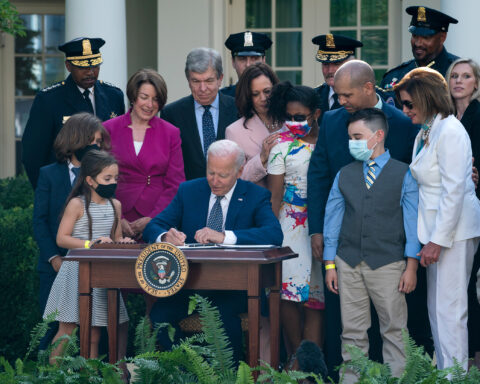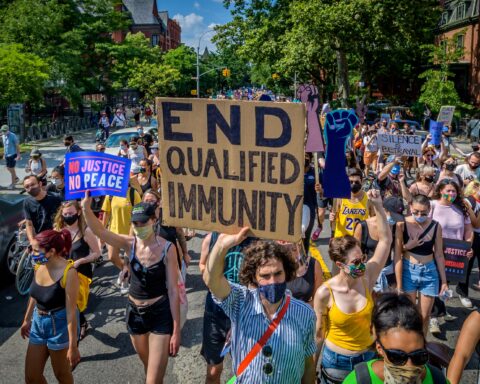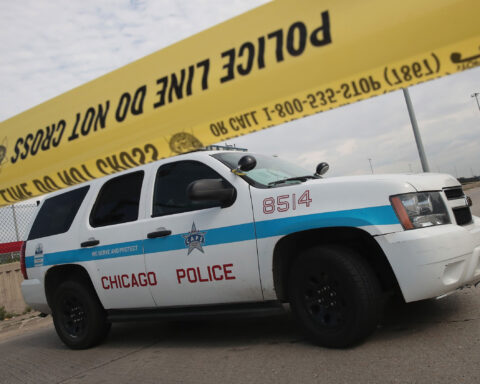By Char Adams
The Uvalde Consolidated Independent School District in Texas has its own police department, complete with four officers, a detective and security staff who patrol the campus and its entrances. This didn’t prevent a gunman from killing 19 children and two teachers at Robb Elementary School last week.
Despite this inability to stop the shooter’s hour-long siege, the attack has renewed demands to increase police presence in schools as a solution to shooting incidents. Sen. Ted Cruz, R-Texas, continued the pattern when he called for more armed school police, describing them as “the most effective tool for keeping kids safe.”
However, experts say that increasing police in schools is not effective in preventing or stopping mass shootings. Furthermore, adding more police officers to schools, they say, would contribute to disproportionate levels of punishment and criminalization on Black and Latino students, and would waste an opportunity to increase security without defaulting to added police presence.
“The research is clear that more police and hardening schools doesn’t work,” said Patrick Bresette, executive director of the Children’s Defense Fund of Texas. “The millions and millions of dollars we’re spending on more law enforcement is at the cost of more effective ways to help kids; to provide mental health support, to identify someone who might be at risk of some sort of bad behavior, and to have a holistic response in schools. It’s following the evidence. There are ways to prevent this that we’re not investing in.”
This debate over school police isn’t new, though. Organizers have long pointed out the negative impacts of police in schools: Black and Latino children are more likely to be criminalized by school officers, and there are no sweeping federal laws that regulate the police use of force on students. In the last 15 years, police in schools across the country have been reported as punishing students for common childhood behaviors such as talking back to teachers and fighting.
William Bentley previously told NBC News that at least five police officers at Strawberry Mansion High School in Philadelphia beat him when he was 14 years old. He said an officer approached him after he accidentally entered the wrong classroom, and more police joined him.




